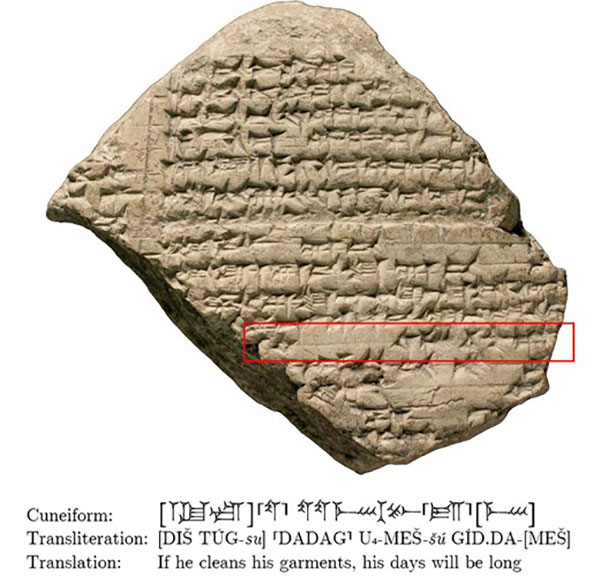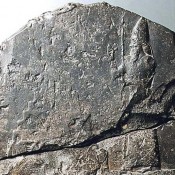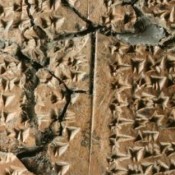An AI model has been developed to automatically translate Akkadian text written in cuneiform into English.
The paper “Translating Akkadian to English with neural machine translation” by Gai Gutherz, Shai Gordin, Luis Sáenz, Omer Levy, Jonathan Berant was published in PNAS Nexus, Volume 2, Issue 5, May 2023, pgad096, https://doi.org/10.1093/pnasnexus/pgad096.
Cuneiform is one of the earliest writing systems in recorded human history (ca. 3,400 BCE–75 CE). Hundreds of thousands of such texts were found over the last two centuries, most of which are written in Sumerian and Akkadian. The paper shows the high potential in assisting scholars and interested laypeople alike, by using natural language processing (NLP) methods such as convolutional neural networks (CNN), to automatically translate Akkadian from cuneiform Unicode glyphs directly to English (C2E) and from transliteration to English (T2E). It further shows that high-quality translations can be obtained when translating directly from cuneiform to English, as we get 36.52 and 37.47 Best Bilingual Evaluation Understudy 4 (BLEU4) scores for C2E and T2E, respectively. For C2E, the model presented is better than the translation memory baseline in 9.43, and for T2E, the difference is even higher and stands at 13.96. The model achieves best results in short- and medium-length sentences (c. 118 or less characters). As the number of digitized texts grows, the model can be improved by further training as part of a human-in-the-loop system which corrects the results.





